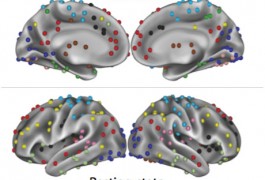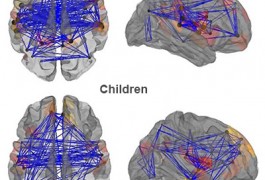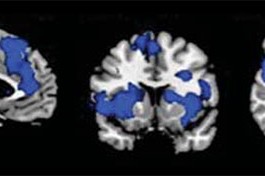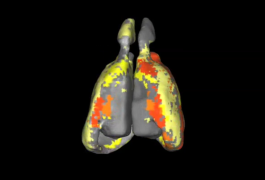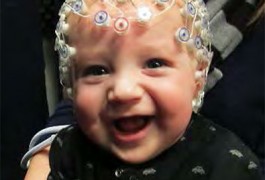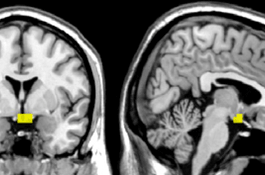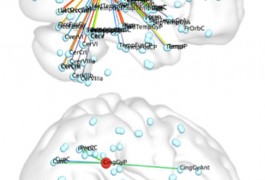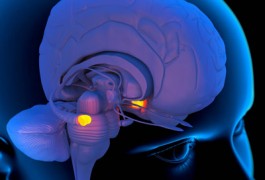Active or at rest, brain conducts similar symphonies
Researchers measure how brain networks work together by scanning volunteers’ brains either while they’re resting passively or while they’re engaged in a task. A study published 2 July in Neuron argues that the networks activated in these two scenarios are more similar than previously thought.
